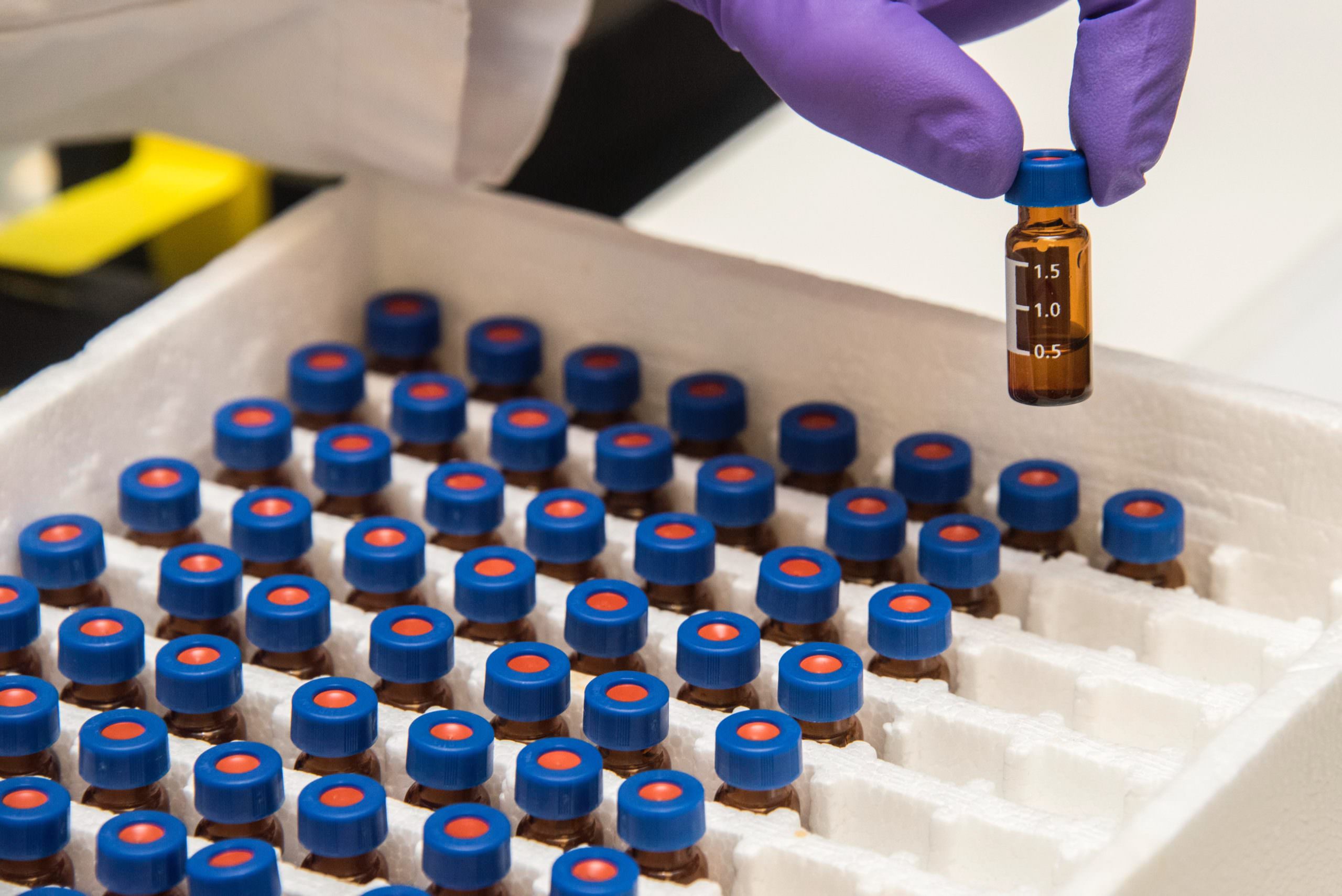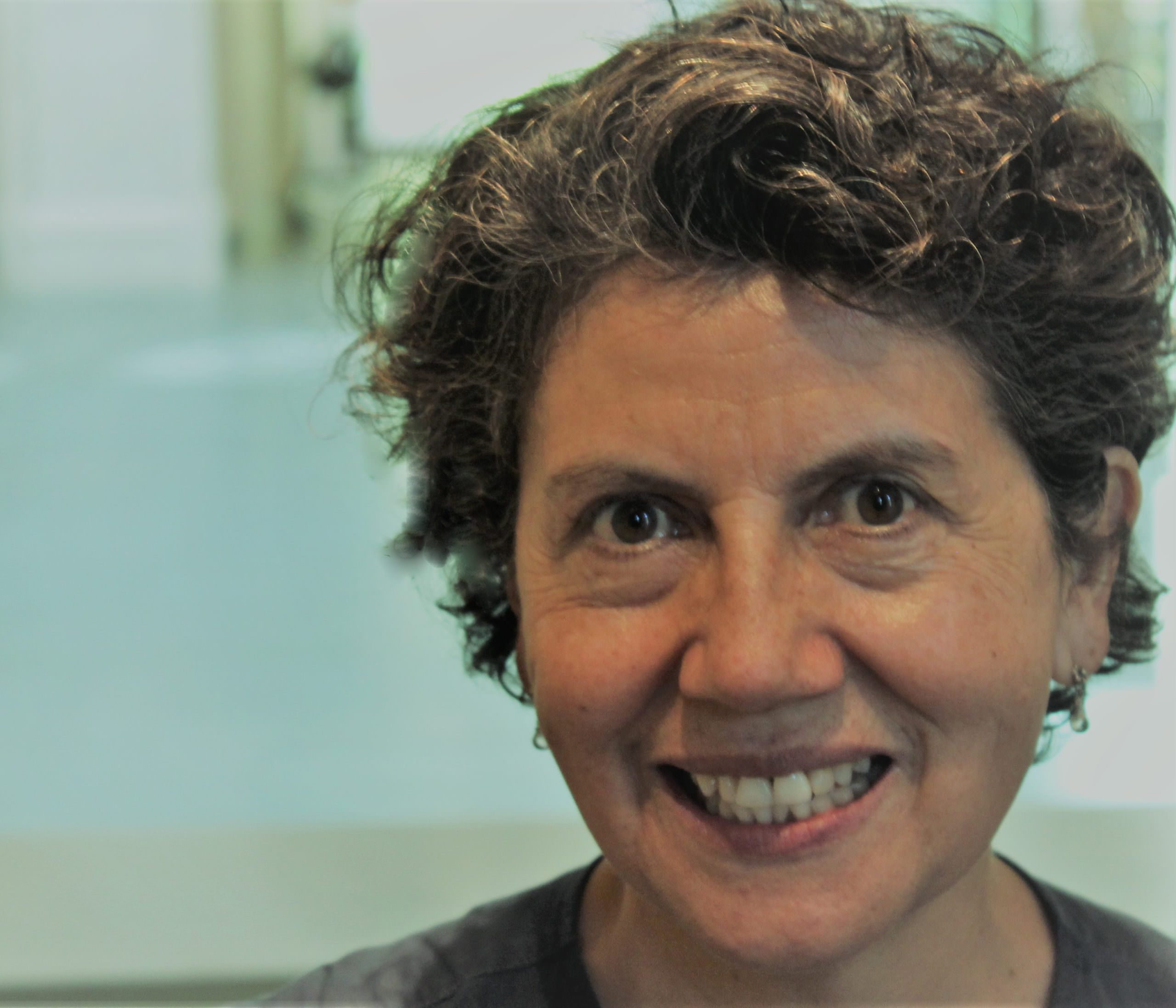
Veronica Vargas, PhD, is an economist who focuses on health economics, global health, and health policy. As a research affiliate with the Mittal Institute and visiting scholar at Harvard University for the past three years, she has explored the research and development (R&D) of novel vaccines and drugs in both South Asia and Latin America. More than ever, this expertise has become essential in the understanding of global needs for R&D in the face of a pandemic and additional neglected diseases around the world.
We spoke with Vargas to learn more about her current research, South-to-South vaccine R&D collaborations, the opportunities for South Asia in vaccine and therapeutic development, and more.

How has your research been impacted by the COVID-19 pandemic? Have you adapted your processes or faced any challenges in performing your research in this new capacity?
With the support of the Radcliffe Institute, Professor Ingrid Katz of the Harvard Medical School and I were planning to hold a seminar on Research and Development of Therapeutics and Vaccines for Neglected Diseases, but had to shift the focus to COVID and the venue to virtual. We had to change because many of the invited scientists were redirecting their research to COVID therapeutics and vaccines. We are planning to hold the seminar on Neglected Diseases next year in the Spring semester.
From my research perspective, this COVID moment has made transparent the real operational capacities available for the R&D of vaccines in the Global South. I think this dramatic moment is a wake-up call and will bring new resources and a lot of innovation into this area. So I am optimistic about the future of R&D in neglected diseases.
Your recent seminar brought together scholars, scientists, practitioners, and more from South Asia and Latin America to delve into potential South-to-South collaborations on vaccine R&D. What strategies would you propose for these collaborations?
Collaboration and scientific diplomacy are a critical part of the R&D path that is dominated by resolving complex problems amid rapidly changing technology, knowledge growth, and with limited financial resources. Pursuing a win-win outcome for all partners is essential, and mutual benefit can be achieved by combining complementary resources brought in during different points of the R&D timeline. For example, collaboration can occur between the early experimentation, testing, and engineering of the product and the late clinical trials, manufacturing, and scaling. From the contractual side, it can be a license agreement or a joint venture.
An illustration of collaboration is between the Indian company Biocon — one of the largest pharmaceutical companies in India specializing in affordable biosimilar and complex, active product ingredients (APIs) — and Cuba’s Molecular Immunology Center (CIM in Spanish). In the early 2000s, CIM developed a novel drug called Itolizumab for the treatment of psoriasis. After thorough testing in Cuba, the drug was licensed to Biocon. Biocon conducted more clinical trials and added improvements to the original concept. The drug was approved in India, and has been manufactured since 2013. In a recent development, after data from early clinical trial results in Cuba and India showed positive results, the drug Itolizumab was granted authorization by the General Drug Controller of India for treating moderate-to-severe COVID-19 patients.
The reasons for collaboration is to complete and speed up innovation. This case shows a path of partnership based on complementary strengths: Biocon, a leading pharmaceutical company with a focus on biosimilars, complex APIs, and with access to a vast market, collaborated with the CIM, which has limited market access, but a strong focus on novel drug research, testing, product engineering, and knowledge transfer.
When it comes to the COVID-19 pandemic, do the needs of the Global South differ from the Global North in terms of R&D and future vaccine distribution? How does this impact South Asia?
Regarding the distribution of future vaccines and drugs for COVID-19, we should distinguish countries with and without R&D and manufacturing capacities. That distinction does not overlap precisely with the North-South divide. We know that the US, China, and Europe are leading the R&D space, with variation in manufacturing capacity. But, there is also an unprecedented number of projects in progress for COVID-19 vaccines and repurposed drugs in the Global South — about 20 vaccine projects.
In any scenario, after a drug or vaccine becomes successful, a voluntary or compulsory licensing will follow, and companies from the Global South will hold the key to vaccine and therapeutics production and distribution to countries that lack manufacturing capacity. For example, the American pharmaceutical company, Gilead, just announced the voluntary licensing of its antiviral drug, Remdesivir, for use for the treatment of severe COVID-19 cases. Voluntary licensing was given to Ferozsons Laboratories in Pakistan and four companies in India: Cipla, Hetero Labs, Jubilant Life Sciences, and Mylan. The license allows for distribution in about 130 countries, mostly in the Global South.
On vaccines, the Serum Institute of India, in addition to trying to develop its own COVID-19 vaccine, has entered in manufacturing and supplying partnerships with multiple institutions that are developing other COVID-19 vaccines, including AstraZeneca/Oxford University. These vaccines will be for distribution in India and low and middle-income countries. These are the countries that the Global Alliance for Vaccines and Immunization (GAVI) is bringing together under an Advance Market Commitment arrangement.
With your expertise in neglected diseases, can you elaborate on how communicable or infectious diseases disproportionately affect low- and middle-income nations? Why does this occur?
Communicable or infectious diseases makeup 40 percent of the disease burden in developing countries, but account for just 5 percent of diseases in developed countries. These infections are associated with high levels of mortality and morbidity among the poor. This group includes diseases that are highly prevalent in tropical regions, such as dengue, schistosomiasis, and malaria.
However, as this COVID moment highlights, infectious diseases are dynamic. Today, their burden is minor in the developed world, but it does not mean it will be so in the future. The emergence of diseases transmitted from animals to humans had been increasing in the last few decades. According to the experts, this has been closely linked to animals’ loss of habitat associated with deforestation, agriculture intensification, and economic growth. Also, some tropical diseases are expanding over new geographic areas. For example, dengue existed only in a handful number of countries in the 1970s, but is now endemic in 128 countries and affects as many as 96 million people each year.
The reason this occurs is that in those nations, health systems are weak — they do not exist where they are most needed. To compound the problem, most of the infectious diseases, for example, HIV/AIDS, malaria, and TB, lack preventive vaccines or therapeutic options that are user-friendly and affordable. On the treatment side, some treatment options are becoming ineffective because of drug resistance. That’s the case for some strains of tuberculosis and malaria. Other treatments are not user-friendly and challenging to deliver. So, more research and development (R&D) is indispensable in the development of shorter treatment courses that are affordable, user-friendly to administrate, and deal effectively with infectious diseases.
What would you say are the successes and challenges in the research and development of therapeutics and vaccines in South Asia? Where are the opportunities for South Asia in therapeutics and vaccine development?
From the mid-1990s, the South Asian pharmaceutical industry emerged as a leading supplier of generic drugs to both developing and developed countries. India, in particular, has emerged as a leading supplier of vaccines, with Serum as the leading company. Currently, India is contributing to therapeutics innovation, developing solutions tailored to needs with as many as 45 vaccines and drugs for infectious diseases in the R&D pipeline, including seven vaccines for COVID-19.
But R&D is a challenging and risky enterprise, and the rate of success is low. It needs the human talent that India has. For example, globally, India ranks among the top 10 in chemistry research. India is also moving up in research for these basic life sciences — that includes biotechnology, molecular biology, and biology, all of which are relevant for vaccine development. However, financial support from the government and venture capital from the private sector are also needed. At the same time, a supportive intellectual property environment is essential. The focus on generics and off-patent drugs have undermined, intentionally or unintentionally, the supportive intellectual property environment and the closely connected access to venture capital that is needed. The same happens in Latin America to some degree. We had identified this as an important problem, and in our recent seminar, we explored the concept of Advance Market Commitment (AMC), which we think could enable more investment in innovation and bypass some of the financial and IP issues that I just mentioned.
About your last question: what can South Asia do? I think this is a question for successful leaders from the pharmaceutical industry like Kiran Mazumdar-Shaw, Umang Vohra from CIPLA, or Osman Waheed from Ferozsons Labs, in Pakistan. But I do have a suggestion. Many Indian companies have entered the Latin America market, supplying APIs and generics in the last two decades. I think they should also explore collaboration and investment in innovative drugs and vaccines, considering that LAC and South Asia share the burden of many of the same neglected diseases.
———————
☆ All opinions expressed by our interview subjects are their own and do not reflect the views of the Mittal Institute and its staff.
